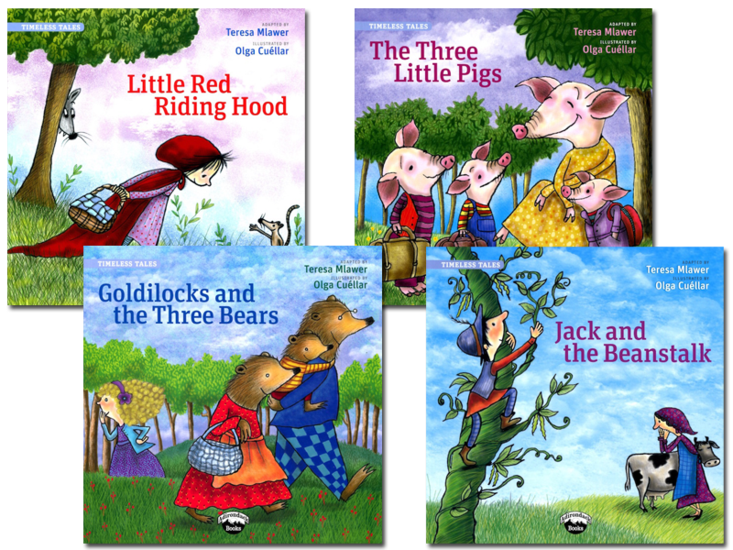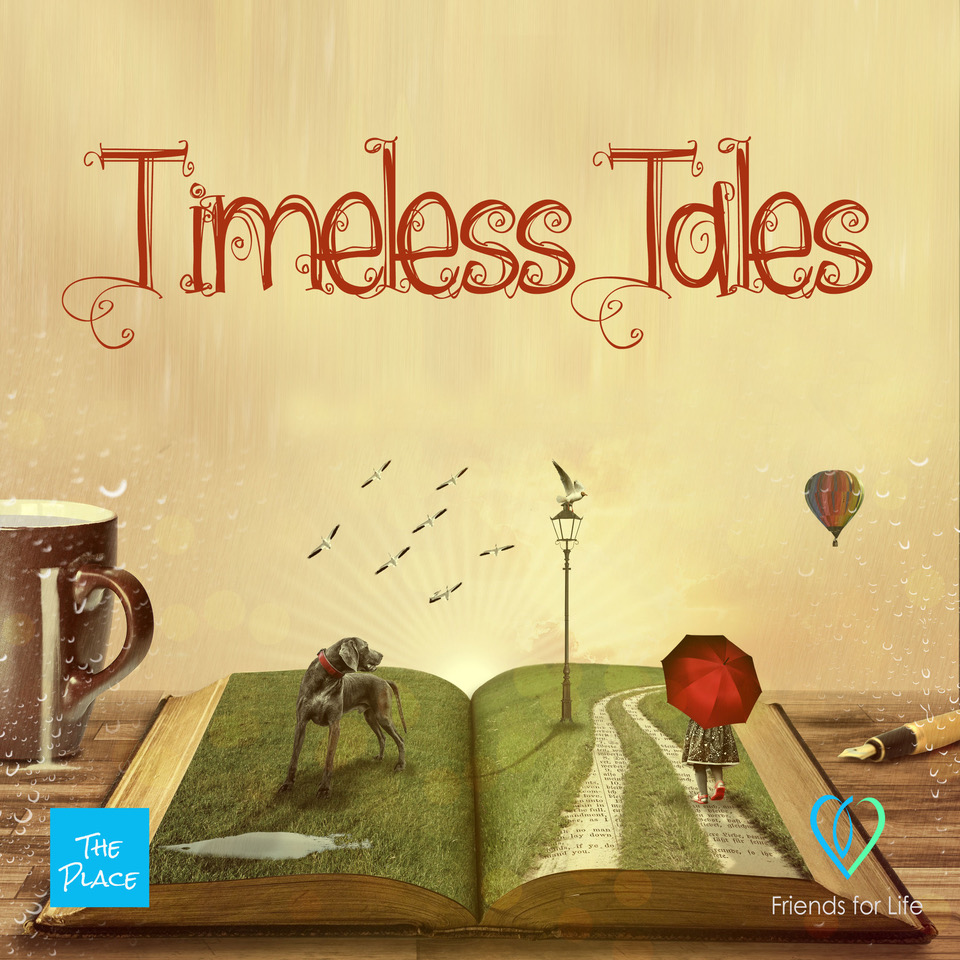
Short stories have the unique ability to captivate readers with their brevity, allowing for a quick yet profound literary experience. They often leave a lasting impression, thanks to their concise storytelling and impactful themes. Here, we delve into some of the most iconic short stories that have stood the test of time, becoming essential reads for literature enthusiasts and casual readers alike.
1. “The Lottery” by Shirley Jackson
Published in 1948, Shirley Jackson’s “The Lottery” remains a powerful commentary on societal norms and the human capacity for violence. Set in a small town, the story unveils a chilling tradition that shocks readers with its conclusion. Jackson’s masterful storytelling and the story’s underlying message about conformity and tradition make it a must-read.
2. “A Good Man is Hard to Find” by Flannery O’Connor
Flannery O’Connor’s “A Good Man is Hard to Find” is a quintessential Southern Gothic tale. First published in 1953, it explores themes of morality, family, and redemption. The story’s unsettling ending and O’Connor’s ability to blend humor with horror leave readers pondering the complexities of human nature.
3. “The Yellow Wallpaper” by Charlotte Perkins Gilman
Charlotte Perkins Gilman’s “The Yellow Wallpaper” is a seminal work in feminist literature. Published in 1892, it follows a woman’s descent into madness as she is subjected to the “rest cure” prescribed by her physician husband. The story’s exploration of mental health and gender roles continues to resonate with modern audiences.
4. “Hills Like White Elephants” by Ernest Hemingway
Ernest Hemingway’s “Hills Like White Elephants” is a masterclass in dialogue and subtext. Published in 1927, the story revolves around a conversation between a couple grappling with an unspoken issue, presumed to be an abortion. Hemingway’s sparse writing style and the story’s open-ended nature invite readers to interpret the characters’ emotions and motivations.
5. “The Tell-Tale Heart” by Edgar Allan Poe
Edgar Allan Poe’s “The Tell-Tale Heart,” published in 1843, is a cornerstone of Gothic fiction. The story delves into the mind of an unreliable narrator who insists on his sanity while describing the meticulous murder of an old man. Poe’s use of suspense and psychological horror makes this tale an enduring favorite.
6. “The Gift of the Magi” by O. Henry
First published in 1905, O. Henry’s “The Gift of the Magi” is a heartwarming story of love and sacrifice. It follows a young couple, Jim and Della, who each give up their most prized possession to buy a Christmas gift for the other. The story’s ironic twist and its message about selflessness and love have made it a holiday classic.
7. “To Build a Fire” by Jack London
Jack London’s “To Build a Fire,” published in 1908, is a gripping tale of survival and the unforgiving nature of the wilderness. The story follows an unnamed protagonist as he battles the extreme cold of the Yukon Territory. London’s vivid descriptions and the story’s tragic ending highlight the perilous beauty of nature.
8. “The Necklace” by Guy de Maupassant
Published in 1884, Guy de Maupassant’s “The Necklace” is a story about pride, vanity, and the harsh realities of life. It follows Mathilde Loisel, a woman who borrows a seemingly expensive necklace for a fancy event, only to lose it and face years of hardship replacing it. The story’s twist ending underscores the futility of materialism.
9. “Bartleby, the Scrivener” by Herman Melville
Herman Melville’s “Bartleby, the Scrivener,” published in 1853, is a profound exploration of isolation and passive resistance. The story centers on Bartleby, a scrivener who one day decides to stop working, repeatedly saying, “I would prefer not to.” Melville’s portrayal of Bartleby’s quiet rebellion and its impact on those around him raises questions about individuality and societal expectations.
10. “The Metamorphosis” by Franz Kafka
Franz Kafka’s “The Metamorphosis,” published in 1915, is a surreal and haunting tale of alienation and identity. The story begins with Gregor Samsa waking up to find himself transformed into a giant insect. Kafka’s exploration of Gregor’s subsequent struggles with his family and society offers a profound commentary on human existence and the absurdity of life.
Conclusion
These iconic short stories each offer a unique lens through which to view the human experience. From exploring deep psychological themes to providing social commentary, these tales have cemented their place in literary history. Whether you’re a seasoned reader or new to the world of short stories, these timeless works are sure to leave a lasting impression.












